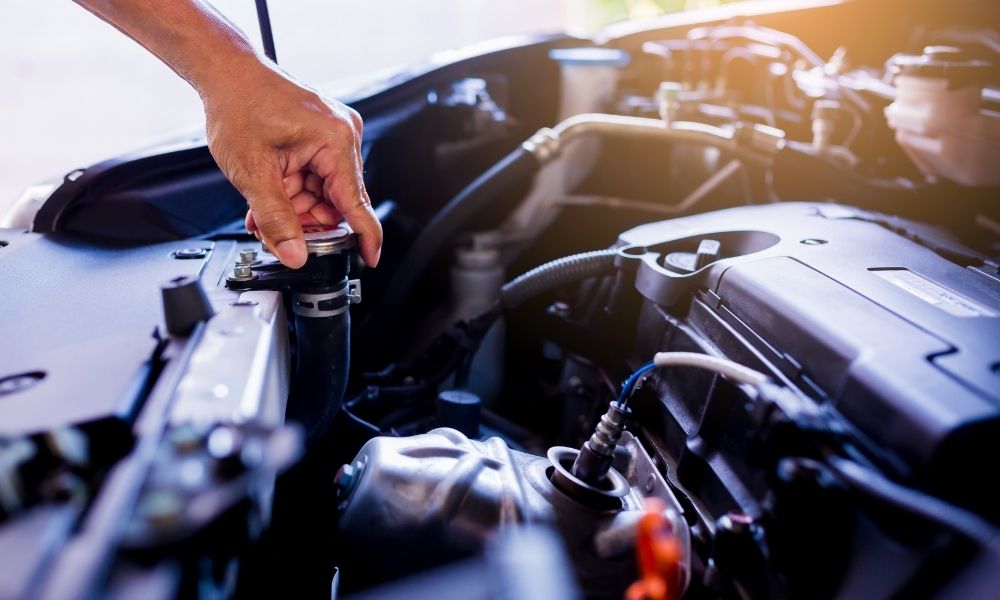
Excess heat is the leading cause of transmission failure. As such, a transmission cooler is one of the most important components of your vehicle’s transmission. So what is a transmission cooler and how do they work? As its name suggests, the primary purpose of a transmission cooler is to reduce the temperature of transmission fluid, as added stress from towing or carrying heavy loads causes it to create more heat. Transmission coolers work by transferring heat to maintain an optimal temperature. However, if your transmission cooler fails, your transmission could overheat and require significant repairs or a complete replacement. By recognizing these signs of a failing transmission cooler, you can identify and resolve any issues before they develop into a more costly problem.
A Burnt Smell
Do you smell something burning? If so, you may have a failing transmission cooler. If your transmission cooler starts to fail or becomes clogged, your transmission fluid will likely begin to overheat and even evaporate. If the temperature of the transmission gets too high—above 225 degrees Fahrenheit—the fluid may burn and its levels may decrease, which will result in increased friction of the transmission’s moving components. If you notice a burnt scent coming from your vehicle, make sure to get it checked out by a professional mechanic immediately.
A Leaking Line
One of the more obvious signs of a failing transmission cooler is a leaking transmission cooler line. If you see pinkish or reddish-brown liquid under the front of your car or under the transmission, you likely have a leaking line on your hands. Fortunately, leaking transmission cooler lines are generally a pretty easy fix depending on the location of the leak and line.
Strange Sounds
When your transmission begins to overheat due to a faulty transmission cooler, you will likely start to hear some strange noises. For example, sounds such as clunking or grinding may occur due to a decrease in transmission fluid. Such noises are caused when the transmission’s moving parts grind against one another due to a lack of lubrication.
Check Engine Light
Another sign that your transmission cooler is failing is if your check engine light comes on. A faulty transmission cooler doesn’t just impact your transmission—it can also negatively affect your vehicle’s engine as well. Heat from your transmission may cause the temperature of your engine to increase as well, which can impede its operation and potentially result in damage. As a result, your check engine light will likely come on to warn you that something isn’t right.
If you notice any of these signs of a faulty or damaged transmission cooler, make sure to resolve the issue immediately to avoid significant transmission and engine problems. In the case that you need a complete replacement, Transparts Warehouse offers exceptional quality transmission coolers for sale. To learn more about our competitively-priced products, contact us today.

